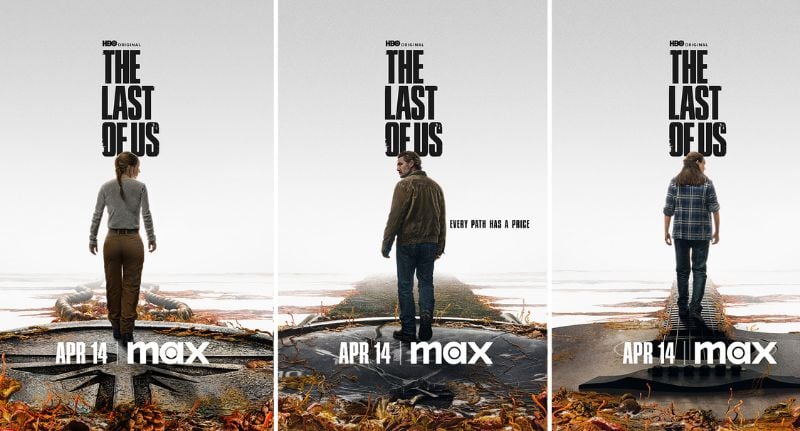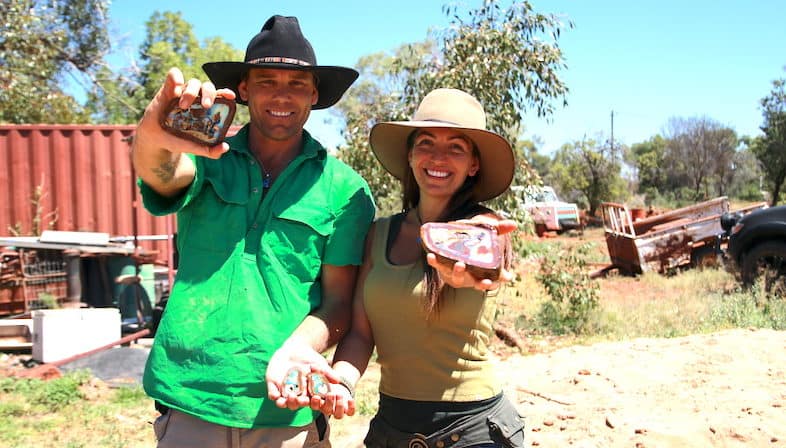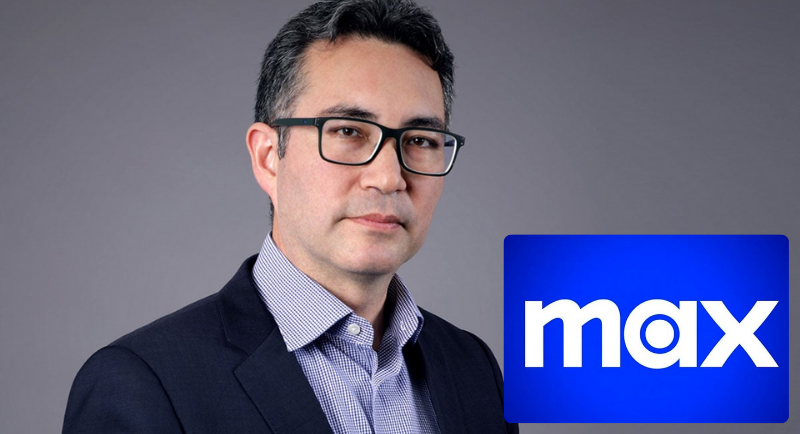As the battle for streaming supremacy intensifies with the launch of Max, its simple strategy – quality over volume – is getting plenty of attention.
This approach is a key differentiator in the increasingly crowded streaming market, where competition from global and local players is fierce, and aggregation is popular.
As president of Warner Bros Discovery for the APAC region, James Gibbons has launched Max across diverse markets, including Japan and Thailand, but says Australia is a particularly strong market for Max’s premium content offering.
He pledges Max’s success won’t rely on large content libraries but will only produce culturally resonant shows that spark conversation. “Our shows have got to be the ones people talk about. They need to provoke some kind of need to connect with friends or other viewers,” Gibbons says. “The White Lotus is the perfect example.”
“The actual setting of the show is obviously wealthy, privileged people on holiday in a very luxurious location,” he says. “That, in itself, is not something that most of the world experiences, but there are universal themes in the relationships and the characters, and every episode creates conversation.”
Talkability
So all Max needs is a steady stream of content with the same ‘talkability’ as The White Lotus to achieve success?
“Exactly,” says Gibbons, “And the frequency of producing these quality shows is obviously important, if there’s a massive gap between them it’s a challenge for a streaming service, because people don’t have to stay.
“New content is key but we also have a tremendous library of IP and we can create spin-offs. The Last of Us and House of the Dragon are good examples of both of those.”

The Last Of Us, Season 2, arrives on Max on 14 April.
Weaving Australian content into this slate is something Gibbons calls the “sweet spot” to success and says it’s Max’s weapon to beat Australian subscriber fatigue.
Australian consumers typically subscribe to only two to three streaming services and customers are becoming increasingly selective about adding new ones to their stack.
“Our sweet spot has to be premium storytelling. That might be scripted or unscripted, but the quality perception must align with what HBO has done with Game of Thrones, Euphoria, or The White Lotus. Whatever we produce locally has to fit that definition.”
Gibbons acknowledges there’s nothing to announce yet but surely it has to happen soon?
“We’re huge fans of Australian content. Our independent TV production unit, led by Michael Brooks, has produced shows like The Twelve and How to Make Gravy, and there is a great appetite for long-running factual series like Aussie Gold Hunters and Outback Opal Hunters.”

Chris Daff and Sofia Andreou from Outback Opal Hunters.
But will this make the Max profitable within three years as Gibbons’ boss JB Perrette, CEO and President of Global Streaming and Games for Warner Bros Discovery, openly announced at Max’s launch?
Profitability
“We have always been very clear about profitability,” says Gibbons. “If you look at the evolution of the streaming business, for a long time, that wasn’t necessarily a key measure, but it has become one.”
He adds that Max’s launch in Australia aligns with a broader financial strategy. “JB has always said we won’t even launch somewhere if the prospect isn’t within a timeframe, which he has put at three to five years. We wouldn’t have launched in Australia if we didn’t think that was going to be the case.”
And to help it achieve that goal has Max considered acquisitions as part of its strategy?
“What I would say is that we have a full tool kit,” says Gibbons carefully. “We’ll use the right tool at the right time, and sometimes more than one at the same time. Acquisitions are always there as an option, but it’s specific to the situation in each market.”
Key partnerships
Max’s key partnerships in Australia with Foxtel and Nine also play a role in its strategic success, according to Gibbons.
Max’s basic content offering is currently available to Foxtel subscribers at no additional cost.
“Foxtel has been the home of HBO and much of our content over the years, and there’s a very present fan base there. If you already know where your audience is, why would you necessarily spend extra money to reach them in some other way?” he says reasonably.
With Nine, Max is tapping into a well-established advertising infrastructure.
“We already have a joint venture with Nine – Nine Rush – and they sell some of our content. So adding Max on was a straightforward step.
“Advertising is vital for premium streaming,” he acknowledges. “To reach a whole market, you need pricing at a lower point, and to make that viable, there needs to be another income stream. That’s where advertising comes in.”
If Gibbons makes the job of hitting Perrette’s profitability target sound straightforward, he admits that’s not his intention, particularly the challenge to produce the right content to keep the Australian audience subscribing.
“Our job is to make sure we deliver and I don’t think any of us underestimate that. I know how big a job it is. It’s easy to say, but to do it month in, month out, it’s a challenge, but I think everyone’s up for it,” he says.
Main image: James Gibbons
